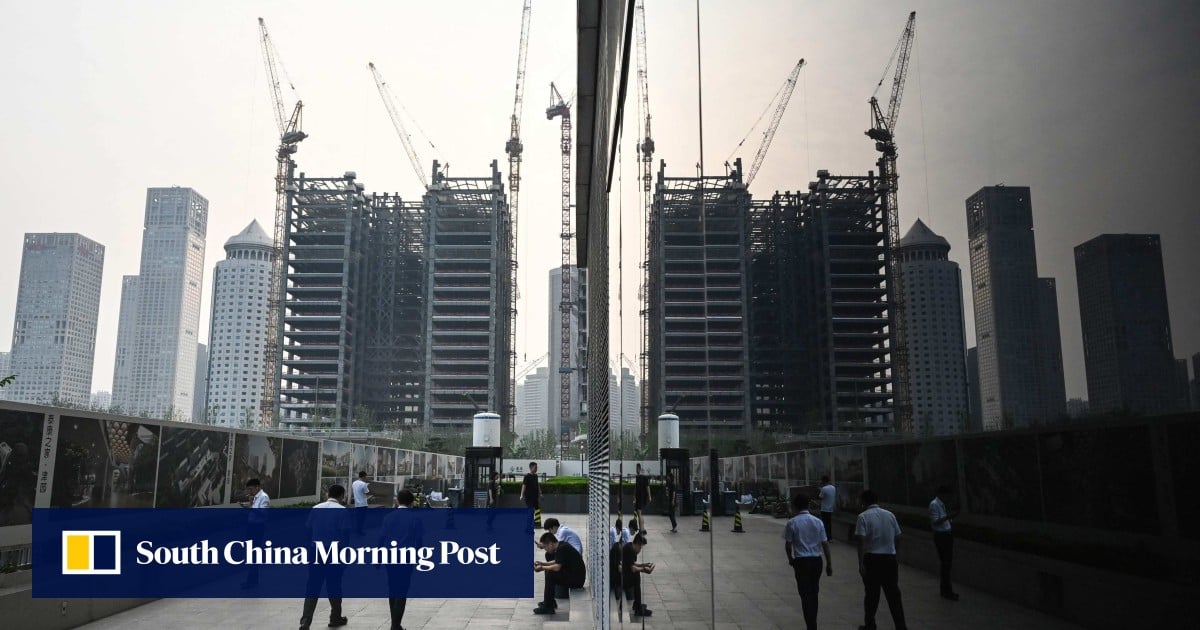As Beijing vows a stronger fiscal role to buttress an economy facing mounting risks, policymakers face a core dilemma in optimising China’s national development blueprint for the next half-decade: how to raise sufficient tax revenue without imposing an excessive burden on businesses.
A detailed explanatory guide on China’s 15th five-year plan proposals for 2026 to 2030 said the period presents “new and higher demands for enhancing fiscal sustainability”, and the book warned of revenue growth encountering multiple constraints as traditional tax bases slow.
“While strategic emerging industries and the digital economy are developing rapidly, their contribution to tax revenue remains relatively limited,” the authors said in the book, published last month.
At the same time, fiscal outlays are rising to support consumption, expand investment, stabilise employment and protect livelihoods, the authors added, underscoring the need to develop “a solid, balanced and strong national fiscal system to provide robust financial support for high-quality economic and social development”.
The new plan includes tax-policy improvements, such as boosting the role of direct and local taxes, tightening preferential tax incentives and keeping the overall macro tax burden at an appropriate level.
Last year, China’s tax revenue fell 3.4 per cent, year on year, to 17.5 trillion yuan (US$2.46 trillion) amid an economic slowdown, reflecting the heavy reliance of governments at all levels on indirect levies such as value-added tax (VAT). While this revenue stream grew rapidly during decades of strong economic expansion, it has become a drag on fiscal income due to the combined effects of economic deceleration and persistent deflationary pressures.The pressure facing local-level governments is even more intense, as they are responsible for providing most frontline public services while another major source of revenue – land sales – has dwindled amid a prolonged property downturn.

